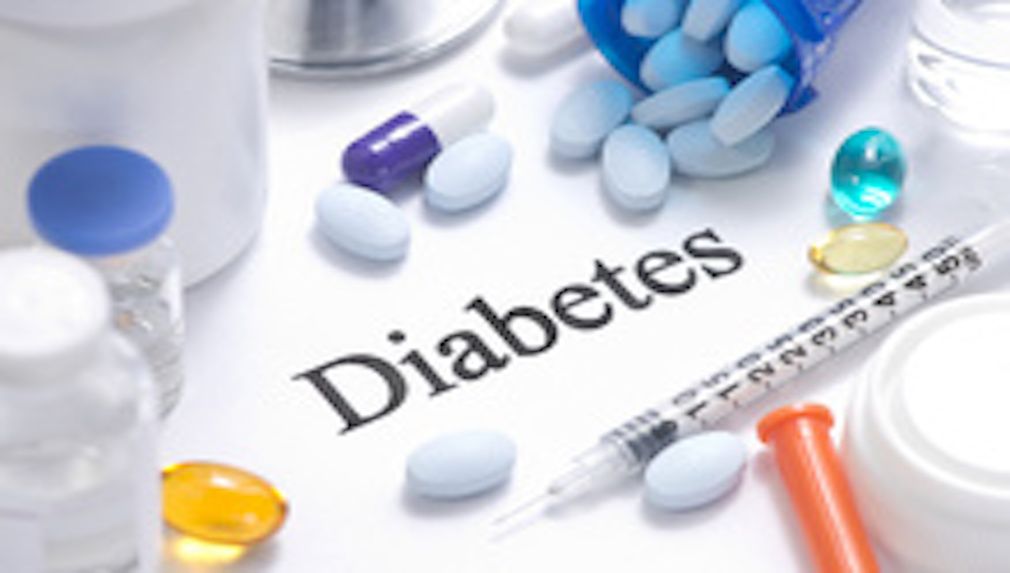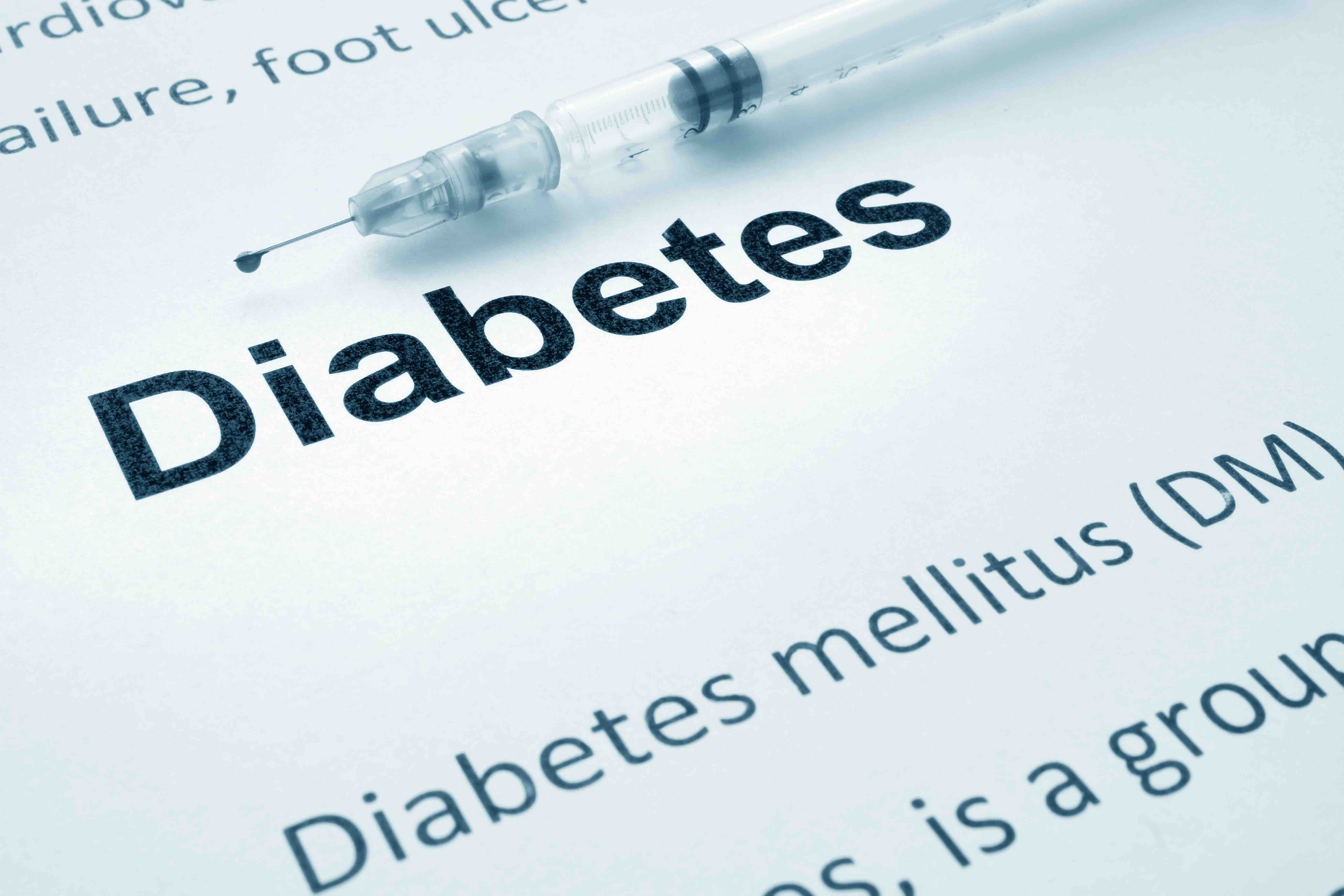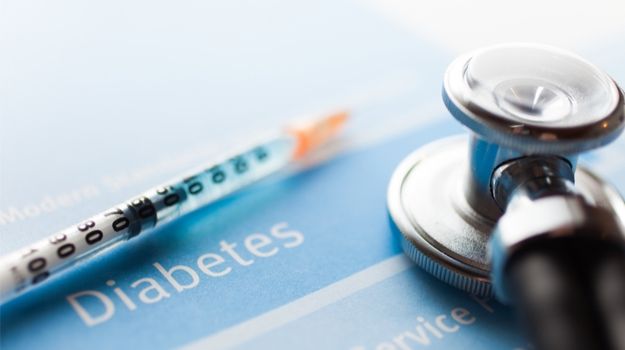Article
Eli Lilly Submits Applications for Nasal Glucagon
Author(s):
Eli Lilly this week announced it has submitted applications to US and European regulatory agencies for nasal glucagon, which, if approved, could shave minutes and stress from the current method for delivering this hormone to people with diabetes experiencing severe hypoglycemia.
Eli Lilly this week announced it has submitted applications to US and European regulatory agencies for nasal glucagon, which, if approved, could shave minutes and stress from the current method for delivering this hormone to people with diabetes experiencing severe hypoglycemia.
Lilly’s filings of a new drug application with the FDA and marketing authorization application with the European Medicines Agency were disclosed in the company’s second quarter ratings call on Tuesday.
The company, one of the 3 leading manufacturers of insulin and the leading seller of emergency glucagon kits, purchased worldwide rights to nasal glucagon developed by Locemia in October 2015. Nasal glucagon is seen as a game-changing delivery method, which could replace the multistep system of mixing powder and liquid with a simple, 1-step spray.
Normally, glucagon is produced in the pancreas and works with insulin to regulate blood glucose levels in the body. Glucagon is released in the body when blood glucose levels are low, signaling the liver to release glucose into the blood. People with diabetes either no longer produce insulin (type 1) or their bodies are less able to respond to insulin (type 2). For those with type 1 diabetes (T1D), too much insulin can limit the body’s ability to release glucagon as blood glucose levels fall; thus, if the person with T1D is unable to eat or drink sugar, an injection of glucagon is needed to bring blood glucose levels back into balance. Severe hypoglycemia can lead to hospitalization or even death in extreme cases.
But trying to mix the powdered glucagon and inject it when a person is experiencing severe hypoglycemia can be difficult, and often the person with diabetes needs assistance. In some states, schools have tried to force T1D children out of their neighborhood schools to the only school in the district with a nurse because classroom teachers and staff are unwilling to administer glucagon. A simple nasal spray would lead to glucagon being administered quickly and easily and “may also expand the community of people who could quickly render aid in a rescue situation,” according to a company statement.
Study findings show the difference this method could make. An abstract presented in 2017 at the American Diabetes Association Scientific Sessions showed that 70.4% of caregivers took less than 30 seconds to administer the spray, and 97.7% took under 2 minutes. A phase 3 study involving 14 children and teens found that 93.3% of caregivers reported that administration was “easy or very easy” and they could deliver the spray within 30 seconds in 60.6% of episodes, without adverse events.
“Lilly is committed to bringing nasal glucagon to market as soon as possible, as we believe a simple, ready-to-use approach to treating severe hypoglycemia via nasal delivery could be an important advance for people with diabetes and their caregivers,” the company statement said. “We are in the final stages of development for nasal glucagon and have made excellent progress toward ensuring manufacturing capabilities are in place to distribute nasal glucagon once approved.”





